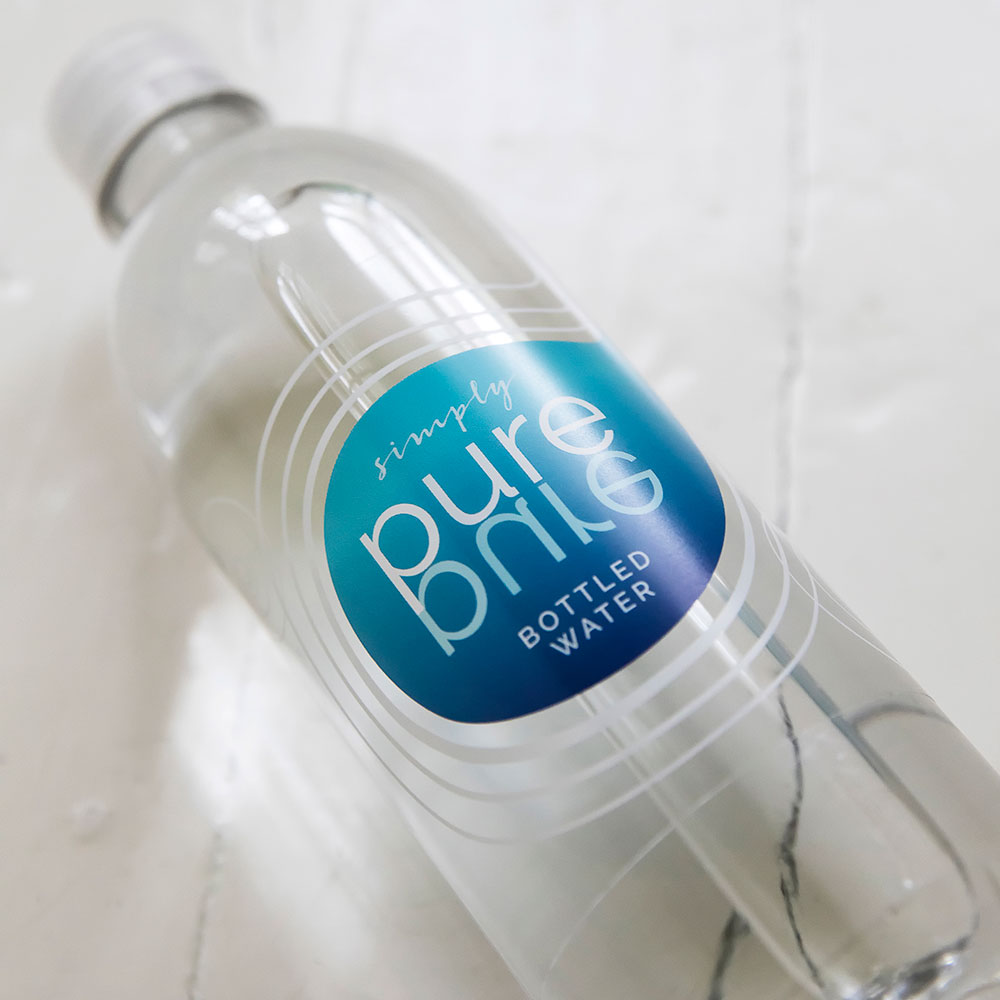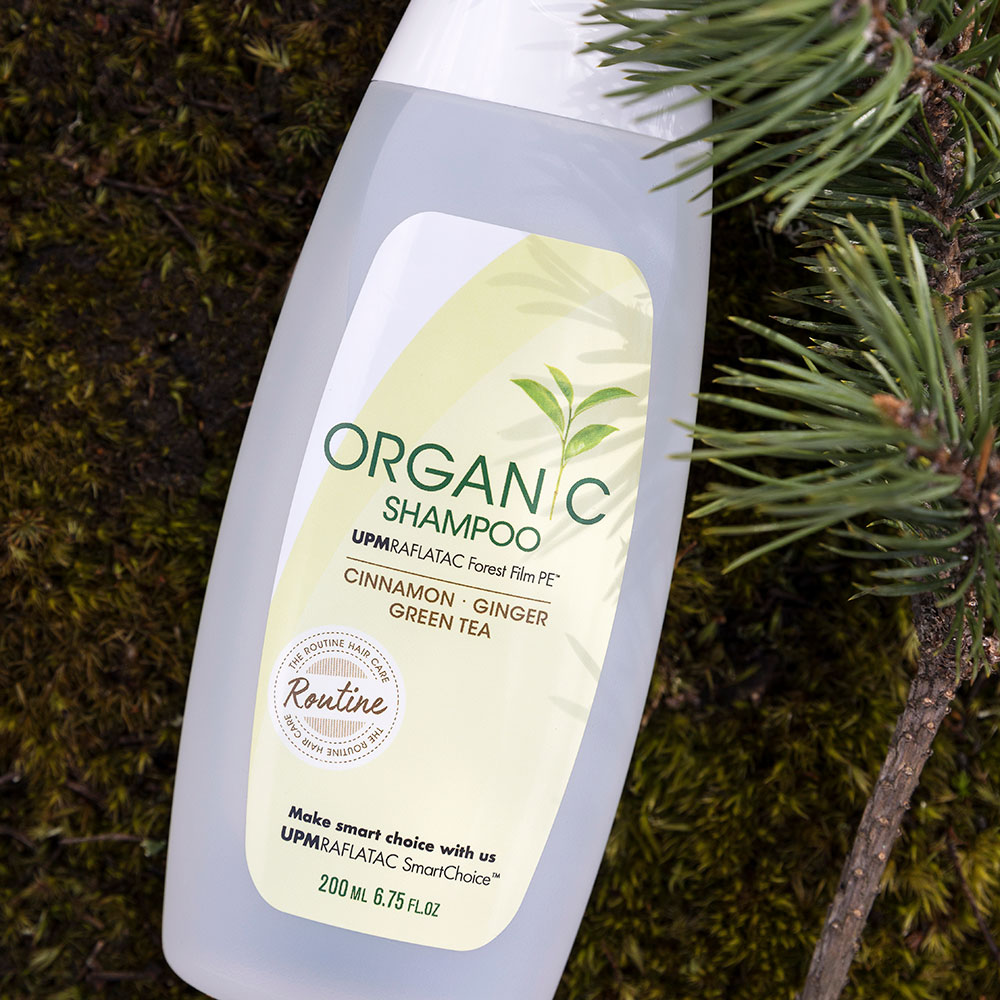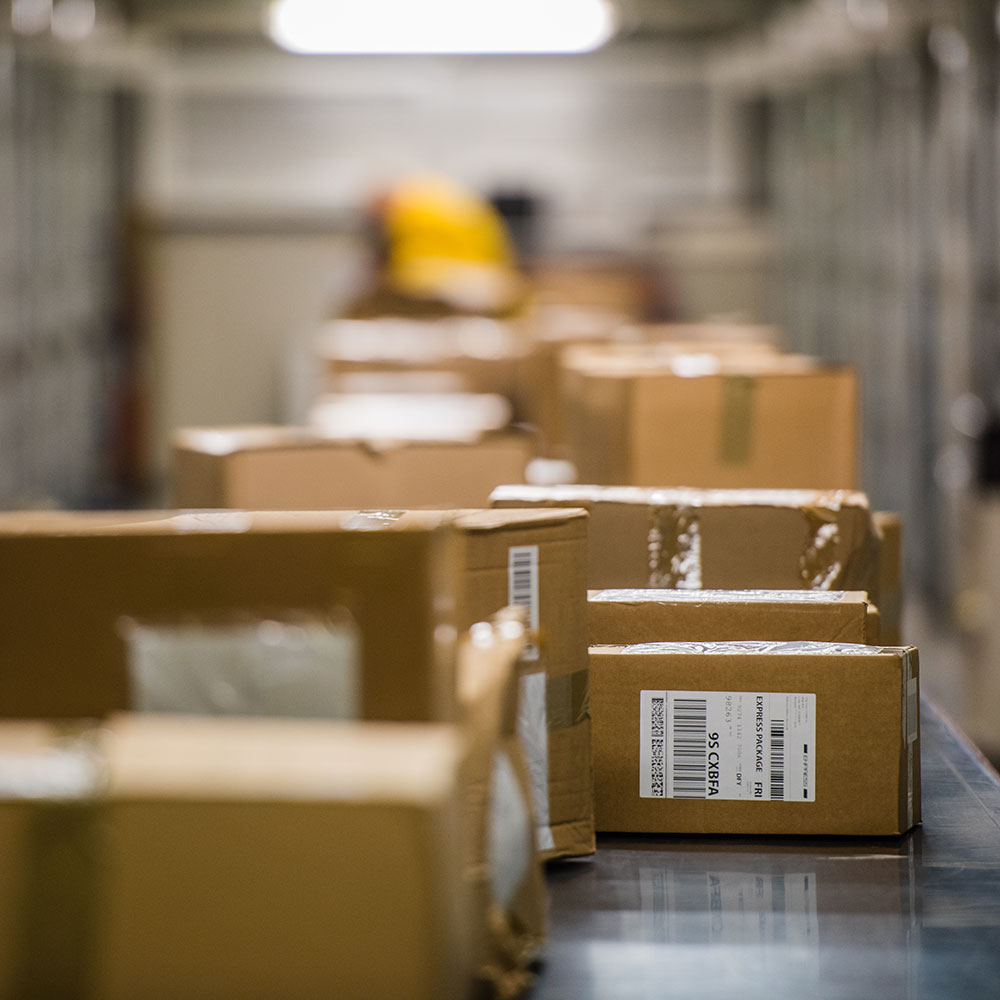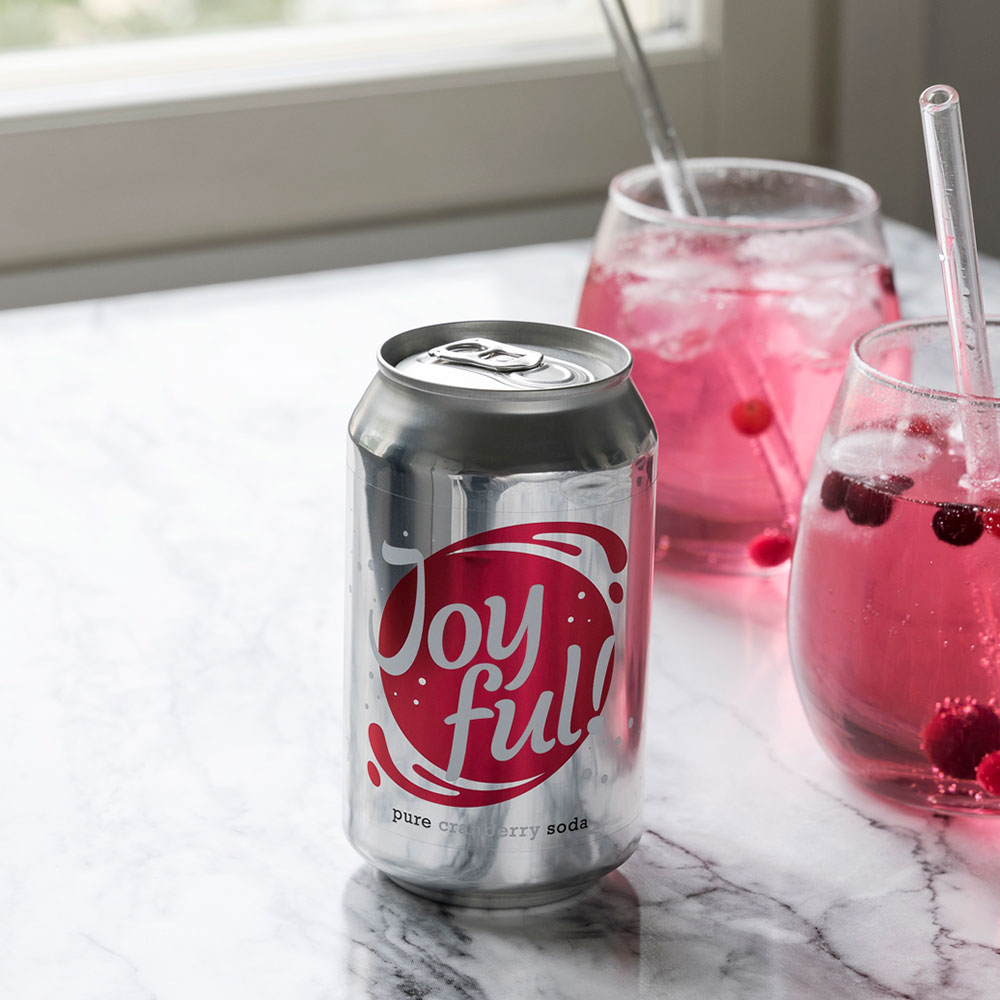Today, packaging recyclability is not just a nice-to-have; it is an essential part of sustainable packaging. Governments and organizations are taking action and setting ambitious recycling targets that significantly impact companies. America's Plastic Makers® are committed to creating a circular economy in which 100% of plastics packaging in the U.S. is reused, recycled, or recovered by 2040. The goal aligns with the EPA's first-ever goal of a 50% U.S. national recycling rate by 2030. In 2021, the European Commission adopted the E.U. Action Plan: "Towards a Zero Pollution for Air, Water and Soil". By 2026, at least 65% (by weight) of all packaging waste must be recycled. By 2031, the share will increase to 70%.
Furthermore, consumers are more conscious of sustainable packaging than ever before, with most consumers willing to pay more for sustainable packaging across end-use areas (2020 McKinsey study).
Discover how to enhance the recycling of your product packaging with the right recyclable packaging materials and adhesive choices.




